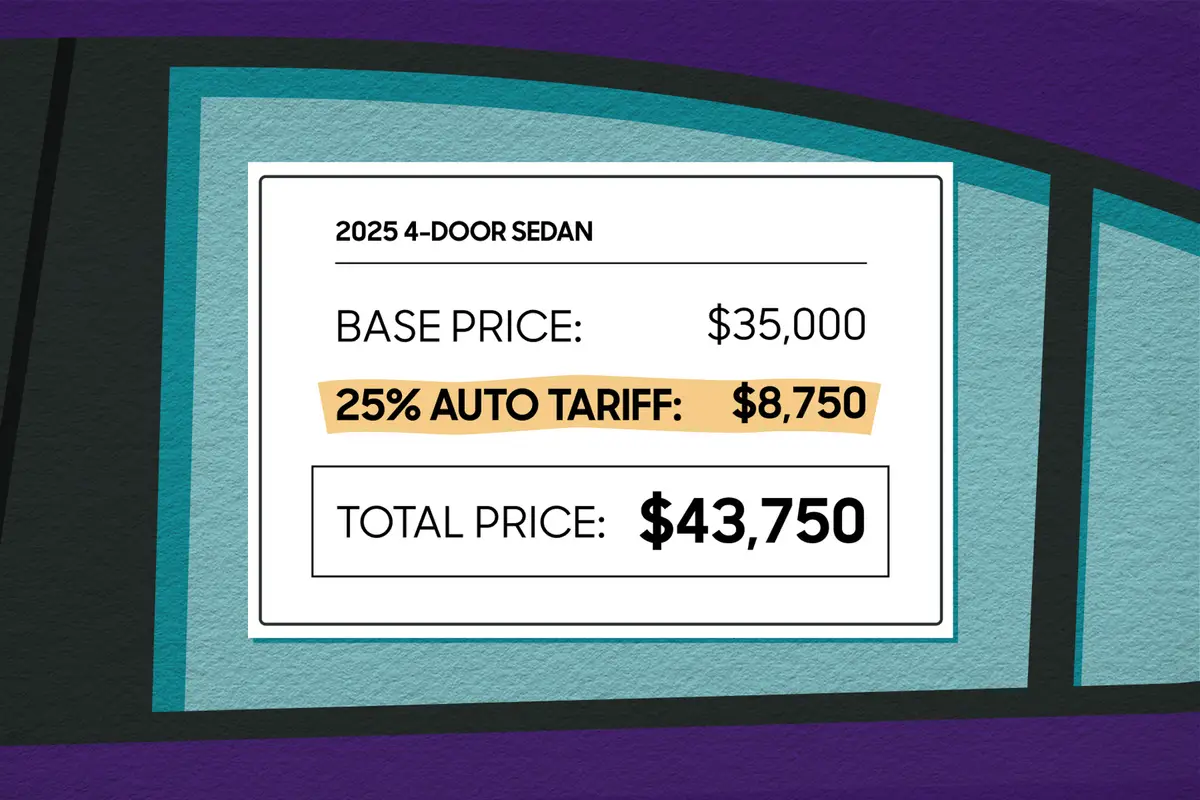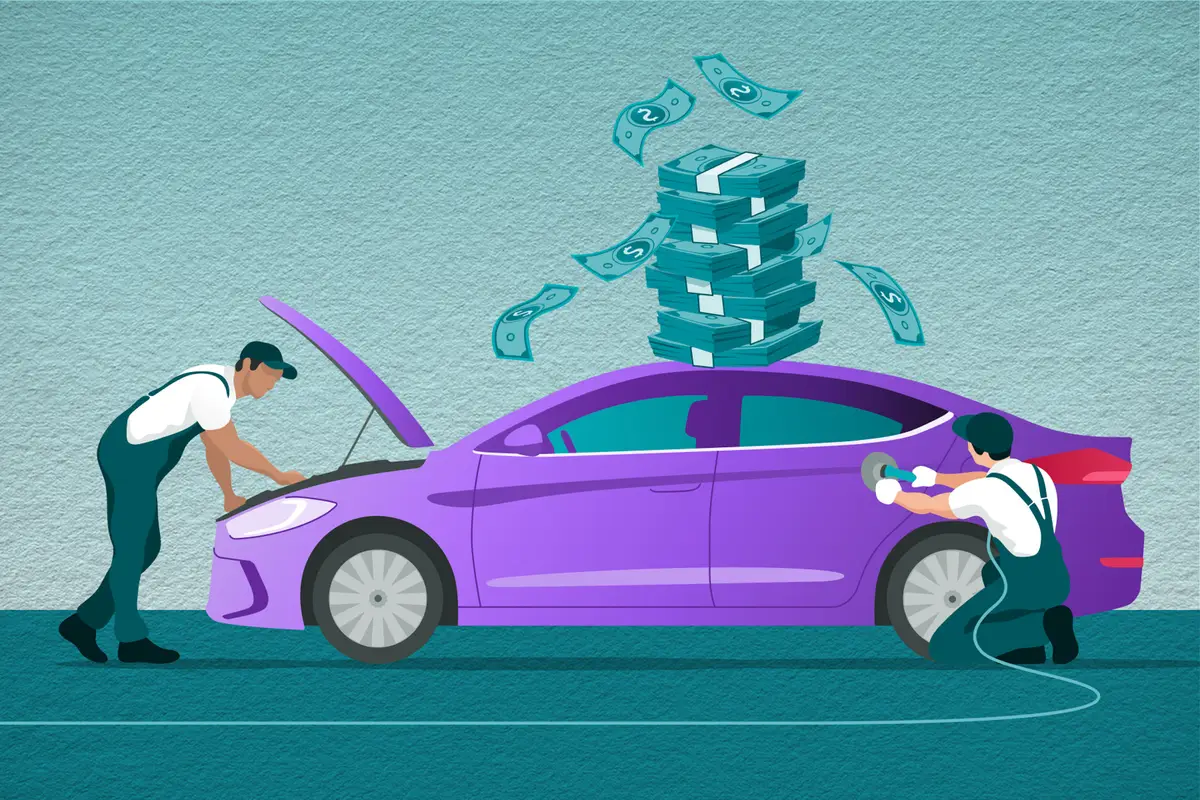Orlando Sentinel's view
The vehicles in the 1994 Saturn lineup look pretty much the same as the original 1991 models.
But they sure sound different.
Responding to customer criticism, Saturn engineers have worked hard to eliminate excess noise and vibration from its hot-selling line of sports coupes and racy sedans.
When compared to the first Saturns, the raucous buzzing and loud roar from the engine has been effectively muffled in the 1994 models.
Wind noise has been reduced.
And road noise is practically gone.
For safety, a driver’s air bag has been added. Traction control, anti-lock brakes and improved side-impact protection round out the available safety features. And power steering is standard on the SC1.
The bad news is that the price has increased considerably.
Our test car, the entry-level SC1, sported an eyebrow-raising price tag of nearly $15,000.
Although the well-built, smooth-running bright-blue test car was fun to drive, it did not offer much in the way of extra equipment.
The car didn’t have cruise control, power windows, power mirrors and electric door locks, and it came with the base engine and suspension system.
Options included a four-speed automatic transmission for $800; four-wheel, anti-lock disc brakes with traction control for $725; air conditioning for $885; and a high-performance AM/FM cassette for $325.
Saturn is under considerable pressure by parent company General Motors to start generating a profit. Boosting prices should help it meet that goal, but not all of the increase can be attributed to the desire for profit. Safety equipment is costly; air bags can add $500 to $750 to a car’s price tag. And the cost of building cars has increased steadily during the last three years.
But another reason – perhaps the major reason – the price has increased is supply and demand. The cars sell well, and Saturn officials know buyers will pay a few hundred dollars more.
In the end Saturn officials may find that strategy to be counterproductive. The more the prices go up, the more people get cut out of the market.
I can’t help but think that, despite the numerous improvements, some Saturn models aren’t the bargains they once were.
PERFORMANCE
The fuel-injected, 1.9-liter, single overhead cam engine powering our SC1 test car is excellent power plant.
Throttle response from the 85 horsepower engine is crisp – especially from zero to 25 mph. The computer-controlled, four-speed automatic shifts through the gears with exceptional smoothness. But that changes when you switch into the ”performance” mode.
A small button on the console allows the driver to choose between performance and normal driving. In the performance mode, the transmission’s shifts are delayed slightly while the engine revs higher.
Inour test car – which was fresh off the factory delivery truck – the transmission hunted between gears while in the performance mode, making shi fting a bit awkward at times.
In general, the SC1 delivers good all-round performance. There’s plenty of midrange power, and if you need a quick burst of acceleration at 50 mph, it’s there.
Fuel mileage came in slightly below EPA estimates, but our car was not broken in yet. Fuel economy usually improves once a car has a few thousand miles on the odometer.
HANDLING
For a base model, the SC1 ranks as an entertaining and fun car to drive.
The more expensive SC2 model features bigger wheels, better tires and a rear stabilizer bar for even better handling. Still, the SC1 is no slouch.
The four-wheel independent suspension provides a firm, quiet ride, and it does a good job of isolating the driver from bumps.
There are two areas where the SC1 is one of the best cars in its class: steering and brakes.
The SC1 is outfitted with a solid-feeling power-assisted rack-and-pinion steering system. Though it takes a bit more effort than one is usuall used to expending on a power-steering equipped car, the system gives the driver an excel lent feel of the road. And because the steering is accurate and precise, one is not likely to over-correct in a panic situation.
Disc brakes on the rear wheels come with the optional anti-lock system. It’s money well spent. The SC1’s brakes are powerful and strong. Several times on a wet road, I jammed on the brakes at 40 mph and brought the SC1 to a straight, trauma-free stop. The car was easy to control and steer as it was coming to a stop. On dry pavement the anti-lock system kicks in at just the right time.
The engine’s performance and the suspension steering and brakes work in concert to provide a well-balanced driving experience.
FIT AND FINISH
The high quality way in which Saturn assembles its cars has been one of the most important keys to its success.
Our test car upheld Saturn’s reputation for near flawless assembly.
All the accessories in the test car not only worked perfectly but were easy to use. The switches and controls are stylish and arranged in a way that makes them simple to operate. And that means your attention likely won’t be diverted from the road when you need to do such things as turn on the defroster or change radio stations.
For instance, the turn-signal lever is placed high on the steering column. All you have to do to activate the blinkers is extend a finger from your left hand as it is resting on the steering wheel. It’s a move that requires little thought.
This year, the Saturn line features an ozone-safe air-conditioning system. It works perfectly, taking little time to cool the car.
Thoughtful features include a built-in cupholder between the fold-down rear seats.
Room in the rear seat is not one of the SC1’s high points. In fact, the SC1 is going to be a tight fit for nearly all rear-seat passengers .Even kids might find it tough going back there.
With the rear-seat folded forward, there’s a decent amount of room for groceries and other small packages.
All in all, the SC1 is great little car. Hopefully, Saturn will hold the line on price increases.
Truett’s tip: The SC1, Saturn’s entry-level sport coupe, is a nice-looking, safe and fun car. But it is a bit pricey.
Latest news



